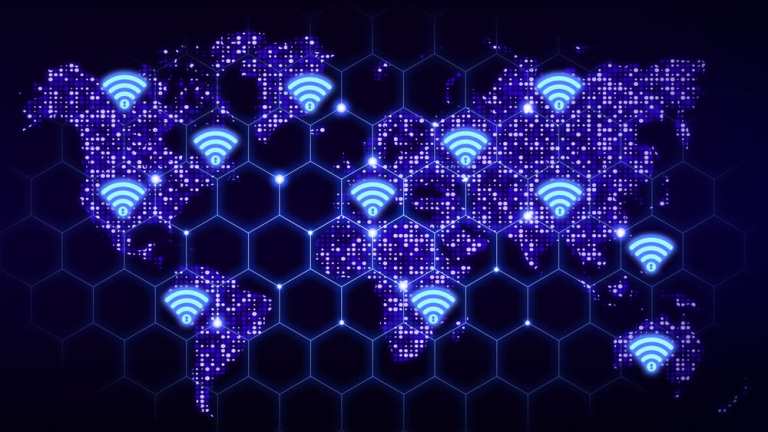
Wolters Kluwer, which fell victim to a malware attack last week, sent a “quiet panic” through the accounting industry, with clients unable to access data and do their jobs. However, it wasn’t the only cyber incident that surfaced in recent days.
The city of Baltimore fell victim to a ransomware attack last week, as researchers began to dive into the risks of local-level government systems. Experts also warned of a SAP system vulnerability, while an anonymous utility revealed last week that it fell victim to a significant cyberattack.
The latest research comes as the G7 nations prepare for a cross-border cyberattack simulation. PYMNTS runs through the data points of all these stories and research reports, plus more, below.
About $680 million in losses was posted by Equifax in its Q1 earnings report related to its data breach, with that figure including estimated losses related to a class action suit and regulatory investigations. The markdown represents the lasting impact of a major data breach on an organization: Equifax has been working since 2017 to not only regain customer trust, but mitigate the consequences of the data breach in other ways — proving to be an expensive endeavor.
Cyber experts at Onapsis said last week that 1 million SAP systems were found to be vulnerable to hacking as a result of a security flaw. While SAP said the security flaw was patched several years ago, Onapsis concluded that an estimated 50,000 SAP customers continue to be exposed to the risk of the 10KBLAZE vulnerability, as researchers call it, adding that users must correctly configure their settings within SAP applications to protect themselves. “Basically, a company can be brought to a halt in a matter of seconds,” said Onapsis CEO Mariano Nunez of the security flaw at the time.
Since 2013, 170 local government systems — at least — have been attacked by cybercriminals, new data from Recorded Future revealed. That includes state, city and county government systems, with at least 45 attacks on police and sheriff offices, CNN reported last week. The data represents one of the first efforts by the cybersecurity industry to analyze such attacks, as the FBI and federal government authorities do not track local-level government incidents. So far this year, there have been 22 known attacks on local government systems, with the most recent the ransomware attack on Baltimore last week that forced a network quarantine.
Ninety-two percent of healthcare IT professionals said they are confident in their incident response capabilities, the latest analysis from Infoblox found. The company surveyed industry IT professionals in the U.S., the U.K., Germany and the Benelux Union, and found that confidence in the sector is on the rise when it comes to cyberattack preparedness. Most have deployed automated network-scanning technologies, and about one-third have in place their own security operation centers, researchers found. Interestingly, one-third said their ransomware attack incident response plans involve paying the ransom.
Thirty-four percent of cyberattacks analyzed by Verizon stemmed from within an organization. The firm reviewed 41,696 security incidents and 2,013 data breaches across the globe for its Data Breach Investigations Report, and found that 43 percent of data breach victims were small businesses (SMBs), making SMBs a particularly vulnerable target. Furthermore, C-level executives are 12 times more likely to be targeted in a social engineering cyberattack, Verizon found.
Twenty-four financial authorities across the G7 nations will simulate a cyberattack next month, French officials announced late last week. Reports in the New York Post said the G7 countries are working together for the simulation of a malware attack that will demonstrate the threat of a cross-border cyber event, with central banks and finance ministries ready to participate in the event. At a cybersecurity conference, French Minister of Finance Bruno Le Maire said the exercise will emphasize the importance of multilateral cooperation across the G7.
Zero utilities in the U.S. have ever reported a malicious “cyber event” — until now. Last week, an anonymous utility became the first to do so, noting that, two months ago, it was the target of a denial-of-service (DoS) attack that disabled Cisco Adaptive Security Appliance devices, causing a temporary loss of visibility into certain parts of the grid’s control systems across Utah, Wyoming and California, said unnamed sources in a Department of Energy filing. While experts said utilities are often targeted by cyberattackers, the events are typically minor and do not disrupt operations.